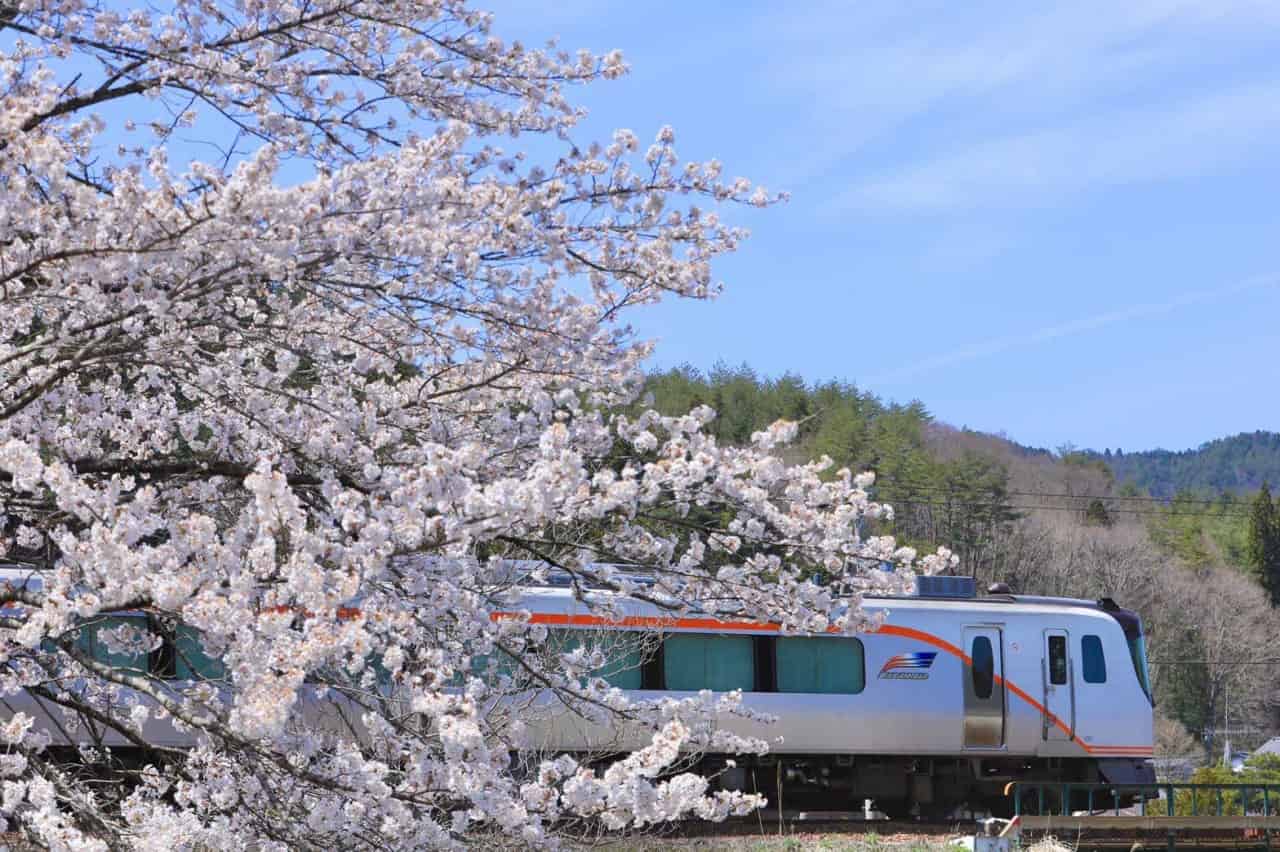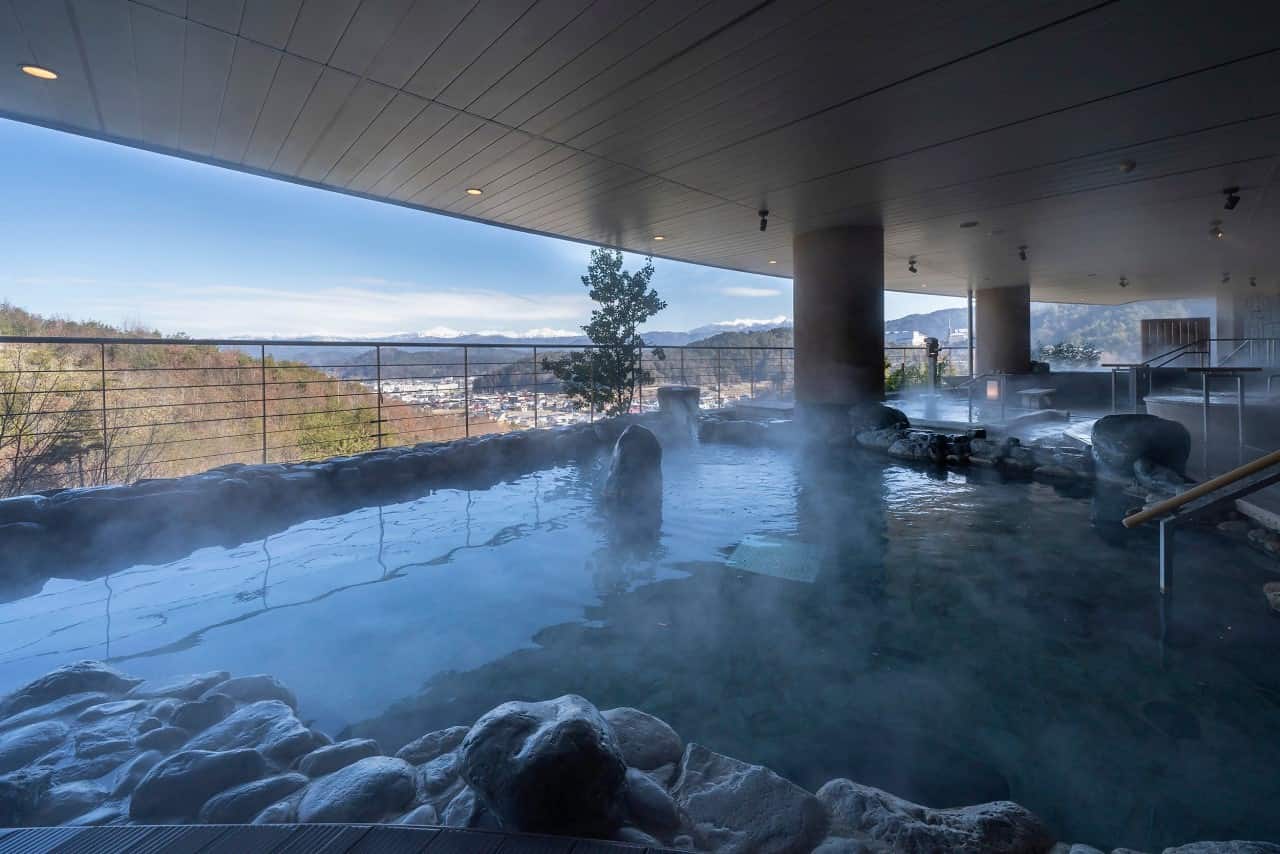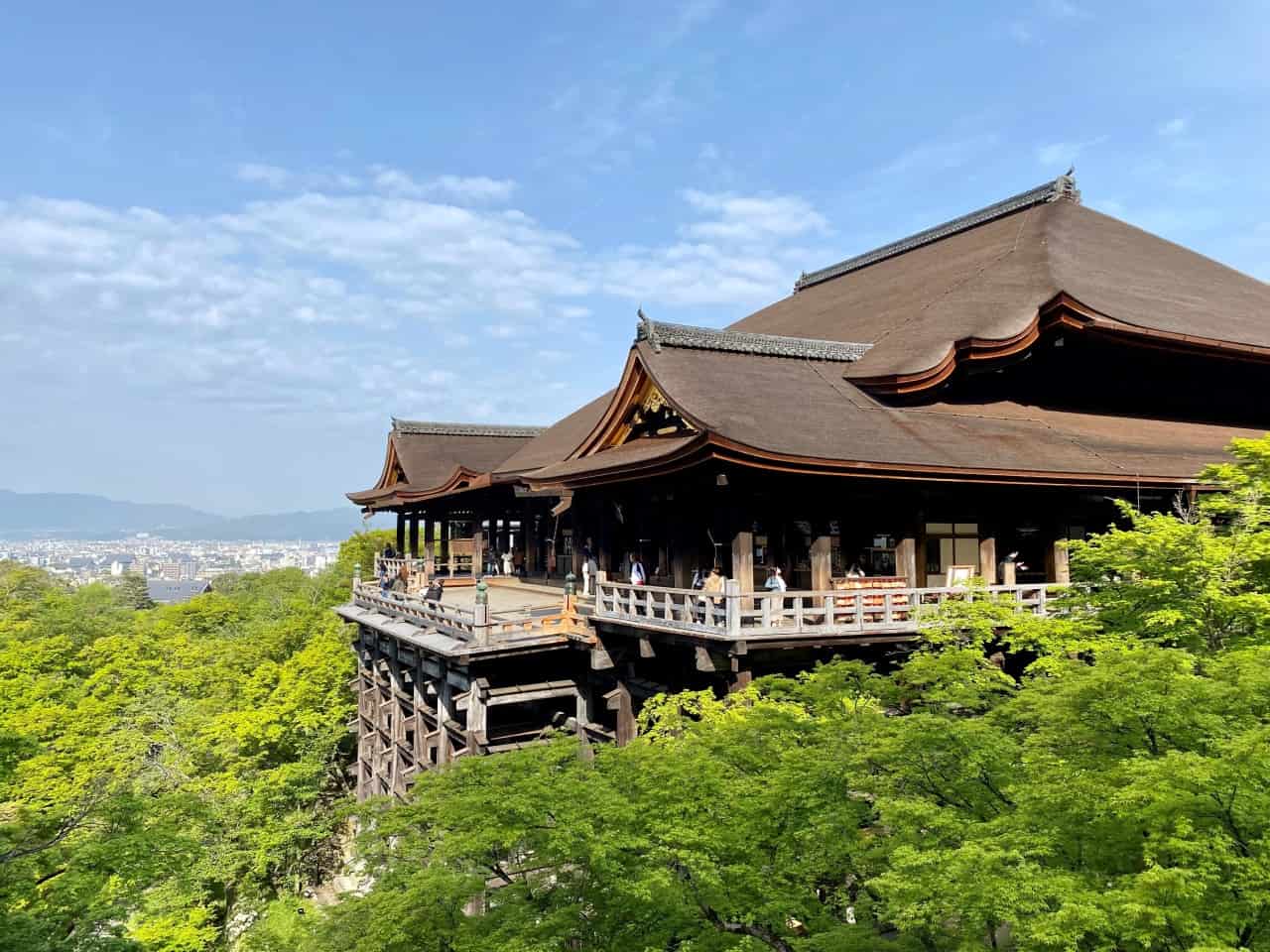Are you looking to explore Japan in an Eco-Friendly way? Whether you’re staying for a week or the whole month, you can experience the incredible sights and beautiful landscapes in Japan while travelling responsibly. From taking the superb Japanese public transport system to choosing sustainable hotels and activities, there are plenty of ways to keep your impact on the environment as low as possible. Many visitors also consider train travel in Japan – particularly taking the Shinkansen bullet train – to be a trip highlight!
In this article, we’ll start by looking at what Eco-Friendly travel means today. We’ll then introduce Eco-Friendly transportation including the Shinkansen, as well as experiences and hotels you can add into your next Japan itinerary.
What is Eco-Friendly travel?

When we talk about Eco-Friendly travel, the first thing that comes to mind is often environmental conservation and preserving natural environments. To start to make a positive difference, switch to trains and buses instead of planes and cars, and for exploring cities and towns, you can rent bicycles or electric scooters. Another aspect of Eco-Friendly travel is seeking to benefit local communities by providing them with employment opportunities and preserving cultural heritage. One way to achieve this in Japan is by dedicating time to visit rural areas and showing support for local businesses and tours. By doing so, you can also learn and gain awareness about Japanese customs, traditions, and conservation efforts.

In essence, Eco-Friendly travel is all about reducing our environmental footprint when travelling and bringing a positive outcome to hosting areas.
Why pick train travel in Japan?

Choosing to use public transportation while travelling is an Eco-Friendly choice as it eliminates the additional carbon emissions caused by private vehicles. Having said this, some people are probably more used to driving and it may seem strange relying on trains or buses on holiday. Especially in the UK, as of late, public transport can be associated with inconvenience, delays and strikes. However, it is worth noting that in Japan, cancellations are infrequent, strikes non-existent, and annually train delays average out to be under a minute. One surprise for us shortly after moving to Japan was finding not only trains but even the buses in rural areas are punctual and arrive on schedule!
When considering longer journeys in Japan, why are environmentally conscious travellers choosing trains over planes and cars? Well, according to the European Environment Agency, rail travel emits only 14 grams of CO2 per passenger mile, which is significantly lower than air travel (285 grams) and cars (158 grams). Calculations on comparative journeys between Tokyo and Osaka also show that a Shinkansen series N700 consumes 1/8 the energy of an airplane journey, and 1/12 the CO2 emission of an airplane. In addition, as the Shinkansen runs on electricity, it makes it even more attractive when travelling across the country.
How are newly designed Japanese trains Eco-Friendly?

One example of a train reducing the burden on the environment is the regional HC85 train, which debuted in 2022. This is the fastest Hybrid train in Japan, running at speeds of 120km per hour compared to most hybrid trains in Japan that clock 100 km per hour. The HC-85 runs mainly on electricity generated by the engine but is assisted by electricity from batteries. What makes the train special is the way that energy is captured when the train breaks and charges the batteries. This electricity can then be used to assist the train when accelerating and for lighting when the train stops at a station.
By replacing the old diesel trains with the HC85, there will be 30% less CO2 and annually the hybrid train will reduce output of 6,000 tons of CO2 emissions per year. Of course as with other regional express trains, aside from the environmentally friendly considerations, the trains are spacious in terms of seating and luggage space, and there are power sockets for every seat.
What you need to know about train travel in Japan

Japan’s extensive rail network is convenient and often the most economical way to travel, especially with train passes such as the Japan Rail Pass which is exclusively for foreign visitors and Japanese nationals who have lived for extensive periods of time abroad. It allows holders to have unlimited rides on almost all trains of JR nationwide network, such as the Shinkansen, Limited express, Express, Rapid, and Local trains, for one, two, or three weeks. There are two types of pass – one is the Ordinary pass and the other is the Green Car (First-class) pass. If you are wondering which to choose from, while the Green Car has additional perks, you’ll find the regular carriages on the Shinkansen or express trains to be clean and comfortable.

The new Golden Route of Japan
The Golden Route is a classic itinerary through some of Japan’s most iconic destinations. It typically begins in Tokyo, moves down the main island of Honshu to Kyoto, and then either continues onto Hiroshima or the historic town of Takayama, before looping back up to Tokyo. Often, depending on time and preferences, the city of Osaka and the hot spring resort of Hakone are included. Along the way, you’ll get to experience the best of Japan — from historic temples and shrines to modern attractions like shopping malls and amusement parks.

One city in central Japan that is growing in popularity is Nagoya. It has always been well-known as a convenient location for day trips to Tsumago for walking along the beautiful Nakasendo path, or for visiting the most sacred Shinto shrine in Japan in Ise, as well for heading to nearby Inuyama for its famous castle and cherry blossoms. However, since the opening of Ghibli Park last year, there has been an increase in the number of people visiting Nagoya and staying longer to discover other unique attractions like the Osu Kannon shopping area and Nagoya Castle, as well as to indulge in the specialty food dishes that Nagoya has to offer.

To better accommodate the changing preferences of tourists travelling to Japan, Central Japan Railway Company are proposing a new Golden Route which is perfect for train travel in Japan. This revised route will cover Tokyo, Mt Fuji and Lake Kawaguchi, Nagoya, Takayama, Ise or Nachi, before Kyoto and the option of Osaka. By following it, you can reduce your carbon footprint by remaining in one area in Japan and using public transportation. You’ll also get to see plenty of natural beauty spots, the most iconic historic monuments, modern marvels in Tokyo, and opportunities to contribute to local communities and businesses across the area.
Eco-Friendly experiences accessible by train travel in Japan

No matter where you go in Japan, there are plenty of opportunities to engage in Eco-Friendly and sustainable activities. By choosing these activities over their more conventional counterparts, you can play an active role in protecting the environment. Here are a few environmentally friendly and sustainable activities for you to consider trying in central Japan. All can be accessed as day trips from Nagoya by train, and where you can enjoy the stunning mountain scenery on the way.
- Experience local life and help with seasonal work tasks in the Gifu countryside Together with a bilingual guide, you can learn about the conservation efforts to protect the natural landscape and river environment in the region. You’ll also be preparing meals together at the homes of local people and helping with seasonal tasks such as farm work in one of the most beautiful rural areas in Japan.
- Gujo city and countryside bicycle tours If you want to dive deeper into nature, this is an excellent choice. Local guides offer tours that cover the main attractions of the castle town as well as scenic routes through the countryside. The benefits of having insider guides is they can show you famous shrines and temples and also the best places to eat that only locals know!
- Food walking tour and Sake brewery visit in Hagiwara For those with an interest in fine food and sake, consider a tour of Hagiwara to support the local small shops and businesses. Some of the treats that you’ll get to sample on this tour are Karaage Fried Chicken, Miso Tasting, and Japanese sweets. Finally, you’ll be visiting the Tenryo Sake Brewery for a sake brewing explanation and to enjoy tasting their sake made with 100% pure natural water.
Where to find Eco-Friendly accommodation in Japan

Accommodation that is Eco-Friendly is designed and managed to reduce its impact on the environment and to also reduce the impact of its guests and staff. This includes the accommodation reducing carbon emissions in every aspect of its operation such as reducing energy consumption and revitalising local areas. Hotels and Ryokan in Japan that have implemented these initiatives can demonstrate their compliance with sustainable ecological standards and are listed on websites like Ecomark.jp.
Here are two hotels and one ryokan that take environmental concerns seriously and allow their guests to leave a lighter footprint while enjoying their time in Japan.
- Hotel Associa Takayama Resort Striving to manage the facilities with consideration for the environment is key for this hotel. Meals are made with local produce as much as possible to reduce CO2 emissions when transporting food. All the restaurants only use paper straws, and personal care products in guest rooms are prepared to be taken home and used repeatedly.
- Good Nature Hotel Kyoto The hotel focuses on sustainability and literally has the largest green courtyard walls in Japan. Guest rooms are provided with 100% natural organic amenities, and for the efforts of reducing plastic, they offer plastic-free butterfly cups and muddlers made from reused tree branches.
- Toda-ya in Toba boasts fantastic views of the bay. It was the first ryokan to receive the Eco Mark and energy-saving electrical appliances are among the Eco-Friendly items used in guest rooms. In addition, meals are prepared with environmentally friendly ingredients and food waste is recycled into fertiliser.
Summary of Eco-Friendly Train Travel in Japan

We hope that this article has provided you with an idea of why train travel in Japan is the most environmentally friendly way to get around the country. Trains in Japan are extremely comfortable and convenient, so why not choose this Eco-Friendly option on your next trip?
You can also play an active role in protecting the environment by travelling to areas in central Japan instead of more typical destinations. One great option well-placed for exploring the region and day trips is the city of Nagoya. If you’re planning a visit, check out our article which lists 35 things to do when staying in Nagoya.

Finally, if you would like to receive more information about how to get around by train travel in Japan, or on Eco-Friendly accommodation and experiences, please feel free to contact us, as we are keen to promote sustainable tourism in Japan and would be happy to ensure that your trip supports these efforts.

-1170x780.jpg)
